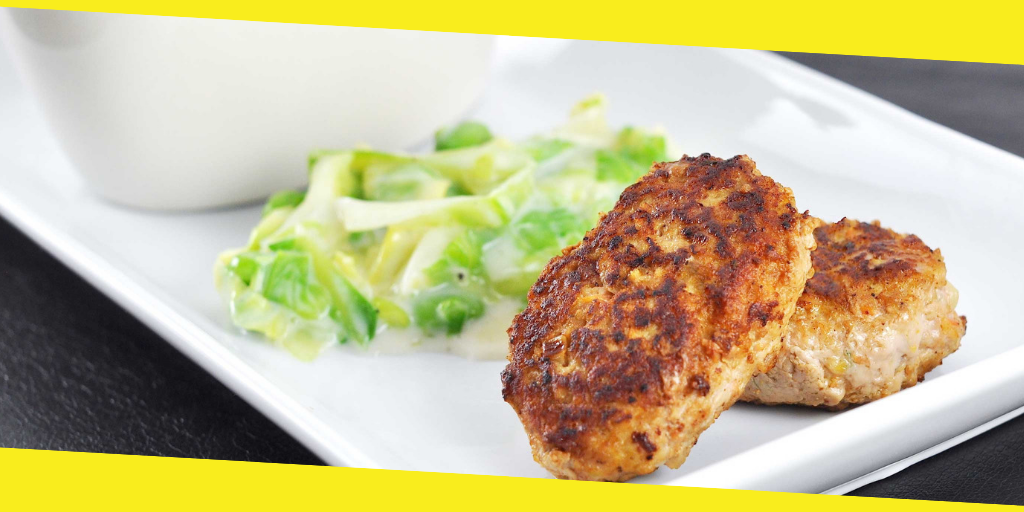
If you love your food, Denmark should be in your bucket list. From delicious local Danish foods cooked with meat, vegetables and potatoes to the sweetest desserts, Denmark is a must go destinations for food lovers.
Find out what to eat, or not to eat, when visiting Denmark in spring, summer, autumn or winter. Like in many other countries, vegetables are most popular in summer in Denmark, whereas in winter meat dishes dominate the dining room table. Let’s have a look at these seasonal specialities!
1. Summer dish: Stuvet spidskaal
‘Spidskaal” is a kind of pointy white cabbage which is very light and is popular from June to the end of September. Once you have removed the outer leaves, you rinse the cabbage with water and then cut into small pieces.
Afterwards, you prepare the ‘stuvning’, which is basically a kind of stew. You need milk, flour, butter, salt and pepper. You should mix the cabbage pieces with these ingredients and boil until the cabbage is tender.
This vegetable dish is usually served with ‘frikadeller’, Danish meatballs, made of minced pork and veal. By the way, ‘fiskefrikadeller’ – fish balls – exist as well, but they are usually eaten with remoulade sauce and potatoes pickled cucumber.
2. Autumn dish: Skipperlabskaus
This Danish dish consists of mashed potatoes with beef, bay leaf, red beets and whole pepper corns. It is popular in autumn and can be served with young herring (also known as maatjes). Skipper means seaman or sailor, though this dish doesn’t really have any fish or seafood in it. However, it was popular amongst fishermen, since they ate it during their stays offshore. As you can see, most of these ingredients are non-perishable, cheap and nutritious. A perfect meal to prepare on a ship.
By the way, maatjes (the young herring) are popular in other European countries as well, such as Germany, the Netherlands and Belgium, where they are considered a snack or light lunch.
3. Winter dish: Osso Bucco
Yes, that is right: Osso Bucco is also eaten in Denmark. It is a typical winter-dish based on veal or beef. Usually, it is prepared with carrots, onions, potatoes and tomatoes. About 100 years ago, this Italian dish was introduced in Denmark and has become an instant classic during the cold winter months. It can also be prepared with the tails of the same animals.
Osso Bucco is popular all over Denmark. Other family classics, when it comes to veal and beef dishes include veal tail ragout, English beef (fried English steak with potatoes, onions, butter and stock) and fried culotte steaks, which are accompanied by red wine sauce, baked potatoes and green beans.
4. Spring dish: Boiled “hornfisk”
Hornfisk is Danish for garfish, which is popular around Whitsun (or Pentecost). It resembles mackerel, which itself is popular when it is smoked. Garfish on the other hand, which tends to be very dry because it doesn’t contain a lot of fat, is boiled with sweet vinegar and served as a cold dish for lunch, usually with a salad. It is almost never eaten hot.
Also popular are: fried hornfisk, fried mackerel, fried herring in vinegar and fried herring in general. However, when it comes to boiling fish, Danes tend to prefer steaming it, simply because the taste doesn’t get lost.
Now that you know what to order, you are ready to visit Denmark any time of the year. Enjoy this beautiful European country.